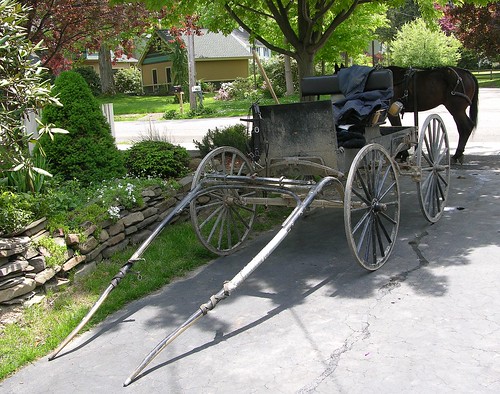Earlier I had posted a Three for Thursday on
College Prep. Last week, we had our first trimester exams. Since I have been teaching at St. Margaret's, we h

ave given our exams in our gym for one week. This arrangement allows every student to take a core subject exam at the same time. Each day students take an exam (for example, English on Monday) in the morning, then lunch, then a guided study period with teachers for the next day (History on Tuesday), and that structure is for five days (English, History, Math, Language, Science). Electives offer their assessments during a class period.
This structure is very efficient. Faculty are available for questions during the exam. All of the 150 students are taking the exam at the same time; moreover, students can focus on one exam at a time. I just have trouble with this model of an efficient machine. Although it may make sense, is it right? Is it best for our students? Is this a healthy preparation for the future? Ever since I came to the school, I just cringed at putting especially our younger students in the gym in a cold environment under the fluorescent lights, distant from the teacher, given strict rules about seating, movement, noise, etc. I was concerned about our 8th and 9th graders, who may be taking their first cumulative exam in this environment. I asked why we did it this way, and the response was that this is what they do in college--we are preparing them for college. Really? First of all, I never had that experience in college. We actually had a greater freedom. We could take the exam on any particular day at a specific morning or afternoon time we wanted during the exam week. We had an honor system and could take it in any classroom. Now I know that is a lot of freedom for high school students, but we do have an honor system and do not give much trust to the students. I also think there is some merit to having student make that choice of when they want to take the exam.
My primary objection to the system is that it limits the assessment. I can be as creative as I want during the term. I can find ways to give authentic assessments, but when it comes time to give them a grade for a final term assessment, I am limited to a test. I am limited to assessing the thinner parts of
Dale's Cone with less of an authentic assessment or demonstration of real understanding. I taught 8th grade English when I first arrived and actually circumvented the system and gave more authentic assessment in my classroom. When I had multiple sections of History, I gave into the system, and my assessments became more conservative and, although throrough, were actually less creative.
My question is: Although this is an efficient system, is this the best system? Personally, I am working for student portfolios and better assessments for understanding during and at the end of the term. I believe this discussion of assessments and keeping the end in mind for our curriculum and individual classes is the direction for dialogue about what is best for our future.

 By the way, is this true?
By the way, is this true?


